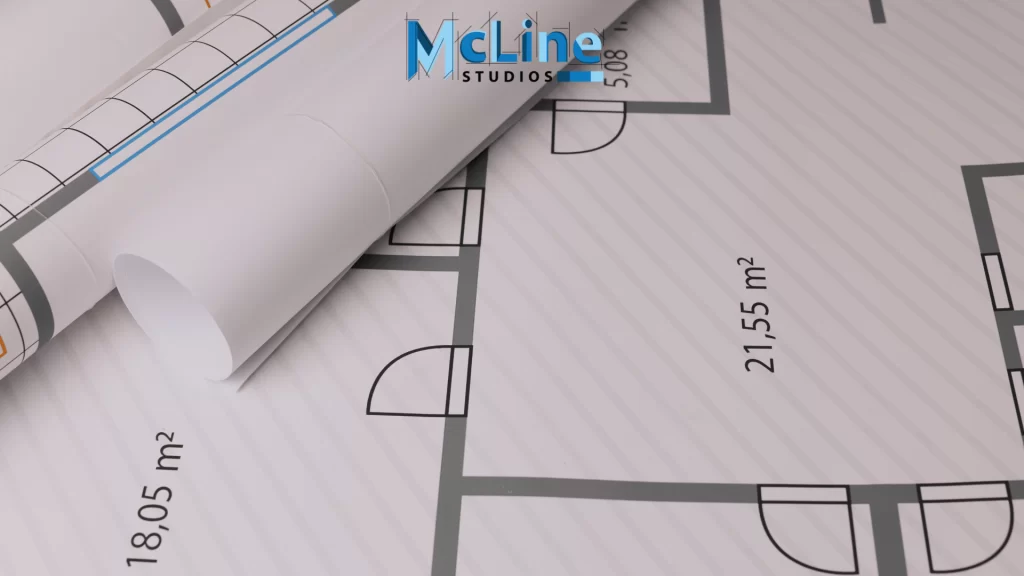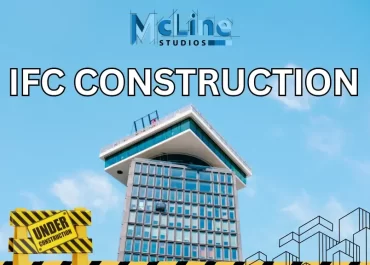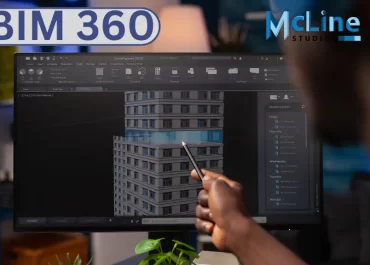As-built drawings are an essential part of the architecture and construction process. After a building is completed, the architectural drawings are updated to reflect the final constructed state of the building, rather than just the original design intent. These drawings, known as “as-builts”, provide a detailed and accurate record of the building as it was built.
There are several reasons why maintaining accurate as-built drawings is so important. First, they provide a reference document for future renovations or alterations to the building. Without accurate as-builts, it can be extremely difficult and costly to plan changes to the existing structure.
Second, as-builts are critical for the operations and maintenance of buildings. Facility managers rely on them to locate equipment, access points, and utilities within the building. Third, as-builts verify code compliance and help avoid unsafe conditions that can occur when undocumented changes are made during construction.
In summary, as-built drawings are a vital component of the design and construction process. They provide the means to preserve critical information about a building for its entire life cycle. This article will explore the importance of as-builts in more detail and provide best practices for maintaining and utilizing them.
Why As-Built Drawings are Important?
As-built drawings are important for several reasons in construction and engineering projects. These drawings document the final, actual construction or installation of a project, capturing any modifications or changes made during the construction process. Here are some key reasons why as-built drawings are important:
- Accurate Documentation: As-built drawings provide an accurate representation of the completed project. They reflect any deviations from the original plans and serve as a comprehensive record of what was constructed.
- Future Reference: As-built drawings serve as a valuable reference for future maintenance, renovations, or expansions. They provide a detailed overview of the existing structure, making it easier for stakeholders to understand the current state of the project.
- Compliance and Regulations: As-built drawings are often required to ensure that the constructed project complies with local building codes, zoning regulations, and other legal requirements. They help in demonstrating that the construction adheres to the approved plans.
- Facility Management: For building owners and facility managers, as-built drawings are crucial for effective facility management. They contain information about the location of utilities, structural components, and other key features, facilitating maintenance and repair activities.
- Quality Assurance: As-built drawings allow project teams to compare the actual construction against the original plans. Any discrepancies can be identified and addressed to ensure that the project meets quality standards.
- Risk Management: Having accurate as-built drawings can mitigate risks associated with future modifications or renovations. Project teams can make informed decisions based on the existing conditions documented in the drawings, reducing the likelihood of unexpected issues during future work.
- Communication and Collaboration: As-built drawings serve as a communication tool between different stakeholders involved in the project. Architects, engineers, contractors, and other team members can use these drawings to understand the final product and collaborate more effectively.

Role of As-Built Drawings in Construction
As-built drawings are indispensable records in construction, capturing deviations from original plans during the building process. These drawings serve as a crucial reference for future maintenance, renovations, and compliance with building codes.
Handed over to building owners post-construction, they aid in day-to-day management and operational efficiency. Additionally, they play a pivotal role in legal and insurance contexts, helping assess liability and guide repairs.
As a foundation for future planning, as-built drawings provide architects and engineers with insights into potential expansions or renovations. In project closeout documentation, these drawings facilitate a smooth transition from construction to operation, encapsulating the essence of the completed project in a concise and informative manner.
Challenges and Solutions for As-Built Drawings
As-built drawings, also known as record or redline drawings, play a crucial role in documenting the final stage of a construction project. They reflect the actual conditions and modifications made during the construction process, serving as a reference for future maintenance, renovations, and compliance purposes. However, the creation and maintenance of accurate As-Built Drawings come with their own set of challenges, and implementing effective solutions is essential to ensure their reliability. Here are some of the challenges and potential solutions associated with As-Built Drawings:
Accuracy and Completeness
- Challenge: Ensuring that As-Built Drawings accurately and comprehensively represent all changes made during construction can be challenging, especially when modifications occur on-site without proper documentation.
- Solution: Implementing strict documentation processes and leveraging technology such as Building Information Modeling (BIM) can enhance accuracy. Regular site inspections and collaboration between construction teams and designers can help capture all changes.
Timeliness
- Challenge: Delays in updating drawings can result in outdated information, impacting subsequent construction phases or maintenance activities.
- Solution: Establishing a real-time updating system, where changes are documented promptly, can mitigate this challenge. Employing cloud-based collaboration tools can facilitate instant sharing and access to the latest information.
Integration with Existing Systems
- Challenge: Integrating As-Built Drawings with existing facility management or CAD systems can be complex, particularly when different software and file formats are involved.
- Solution: Standardizing file formats, using open data standards, and employing interoperable software solutions can enhance integration. Training personnel on consistent data entry practices also contributes to seamless integration.
Communication and Collaboration
- Challenge: Effective communication between design, construction, and facility management teams is crucial for accurate As-Built Drawings, but achieving seamless collaboration can be difficult.
- Solution: Establishing clear communication channels, conducting regular meetings, and utilizing collaborative platforms can improve information sharing. Implementing standardized protocols for communication ensures that all stakeholders are on the same page.
Quality Control
- Challenge: Maintaining quality control during the construction process to ensure that changes are accurately documented can be a significant challenge.
- Solution: Implementing a robust quality control process, including regular audits and cross-checks, helps identify discrepancies early on. Providing training to personnel involved in documentation is essential for maintaining consistent quality.
Regulatory Compliance
- Challenge: Adhering to regulatory requirements and industry standards when creating As-Built Drawings can be challenging, especially when projects span multiple jurisdictions.
- Solution: Staying informed about regulatory changes, employing experts familiar with local codes, and incorporating compliance checks into the documentation process help ensure that As-Built Drawings meet all legal and safety standards.
Conclusion
In summary, as-built drawings are indispensable assets in the construction landscape, serving as meticulous records of completed projects. Their accuracy and detail not only facilitate effective facility management and future renovations but also enhance communication among stakeholders. As legal and compliance benchmarks, these drawings play a pivotal role in ensuring adherence to standards during inspections and audits.
Amidst a rapidly evolving industry, the transformative potential of technologies like Building Information Modeling (BIM) further underscores the importance of as-built drawings. With the promise of dynamic, interactive representations, they become catalysts for innovation and efficient project management.




